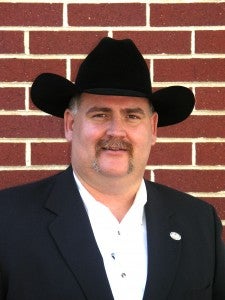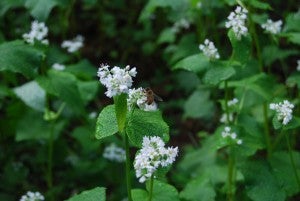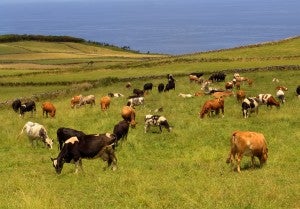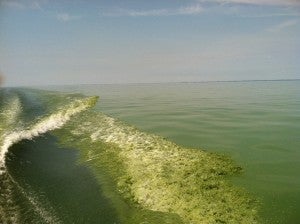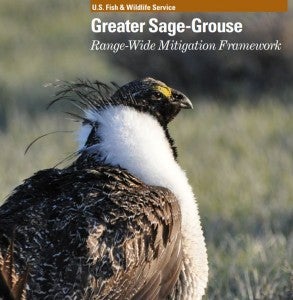Terry Fankhauser is a rancher and executive vice president of the Colorado Cattlemen’s Association. He is also a board member and executive director of Partners for Western Conservation, which seeks to implement market-based conservation services that benefit wildlife and the economy.
Terry joined me and other conservation colleagues last week in Washington, D.C., to discuss habitat exchanges at the National Workshop on Large Landscape Conservation. I asked him to give us a recap of the discussion and to tell us why he got involved in the development of exchanges.
Why were you in D.C. last week?
I took the opportunity to travel to Washington to convey the message that agriculture producers are investing time and resources into developing conservation markets like the Colorado Habitat Exchange. We are just as interested as other parties in addressing conservation concerns, regulatory challenges and the ongoing need for viable businesses that drive our economies.
